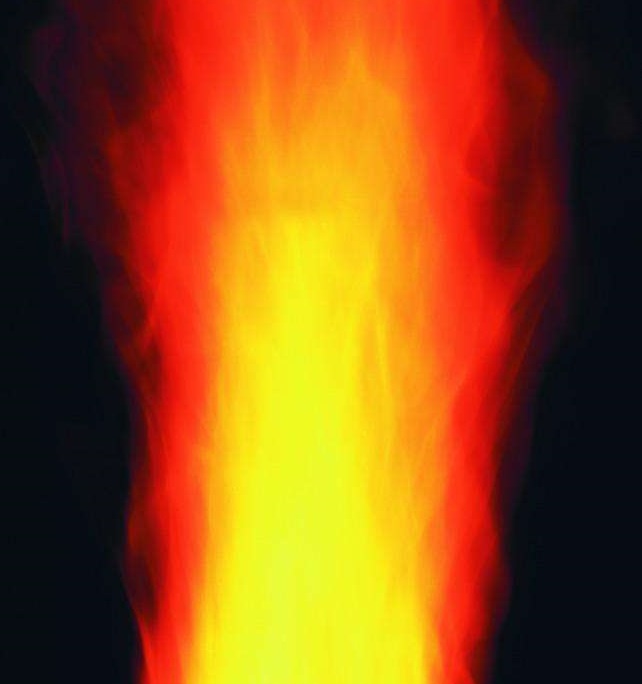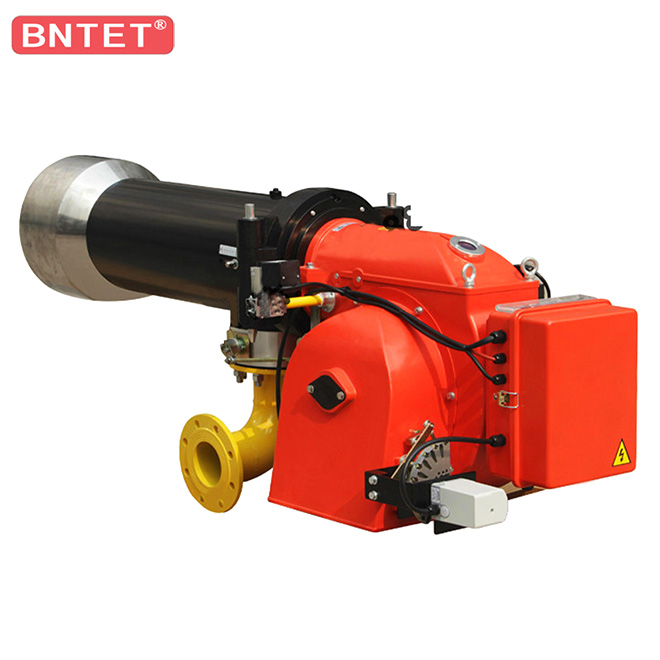Fire detection amplifier is mainly used to detect the presence or absence of flame under different combustion conditions.
The working principle of the fire detector amplifier: it mainly relies on the infrared scanner inside the fire detector to scan the flame and produce a certain pulse rate.The flame detection device detects the flame according to the characteristics of the flame signal.

First, the flame signal is divided into two channels: intensity signal and frequency signal.
The intensity signal represents the brightness of the flame and the frequency signal represents the flickering of the flame.
The processing of the intensity signal is relatively simple, only comparing the real-time flame intensity with the intensity threshold. When the flame intensity is higher than the intensity threshold, the flame intensity condition is determined to be valid.
The processing of frequency is actually the processing of the flame signal wave part.The frequency signal includes the spectrum, bandwidth, peak-peak and other parameters of the signal, which should be filtered and exchanged to extract the combustion characteristics of the flame.Since the frequency signal of the flame is about 1 ~ 200Hz, and the frequency of the glowing cinder and ash in the furnace does not exceed 2Hz, the existence of the flame can be completely determined by the frequency spectrum analysis of the frequency signal.The flame frequency signal should not only be analyzed simply, but also be digitally filtered and Fourier transformed to provide the flame characteristic signal in the flame waveform.The resultant composite scalar from these parameter processing is still called frequency, which is used as the basis for determining whether the flame has or does not exist.







